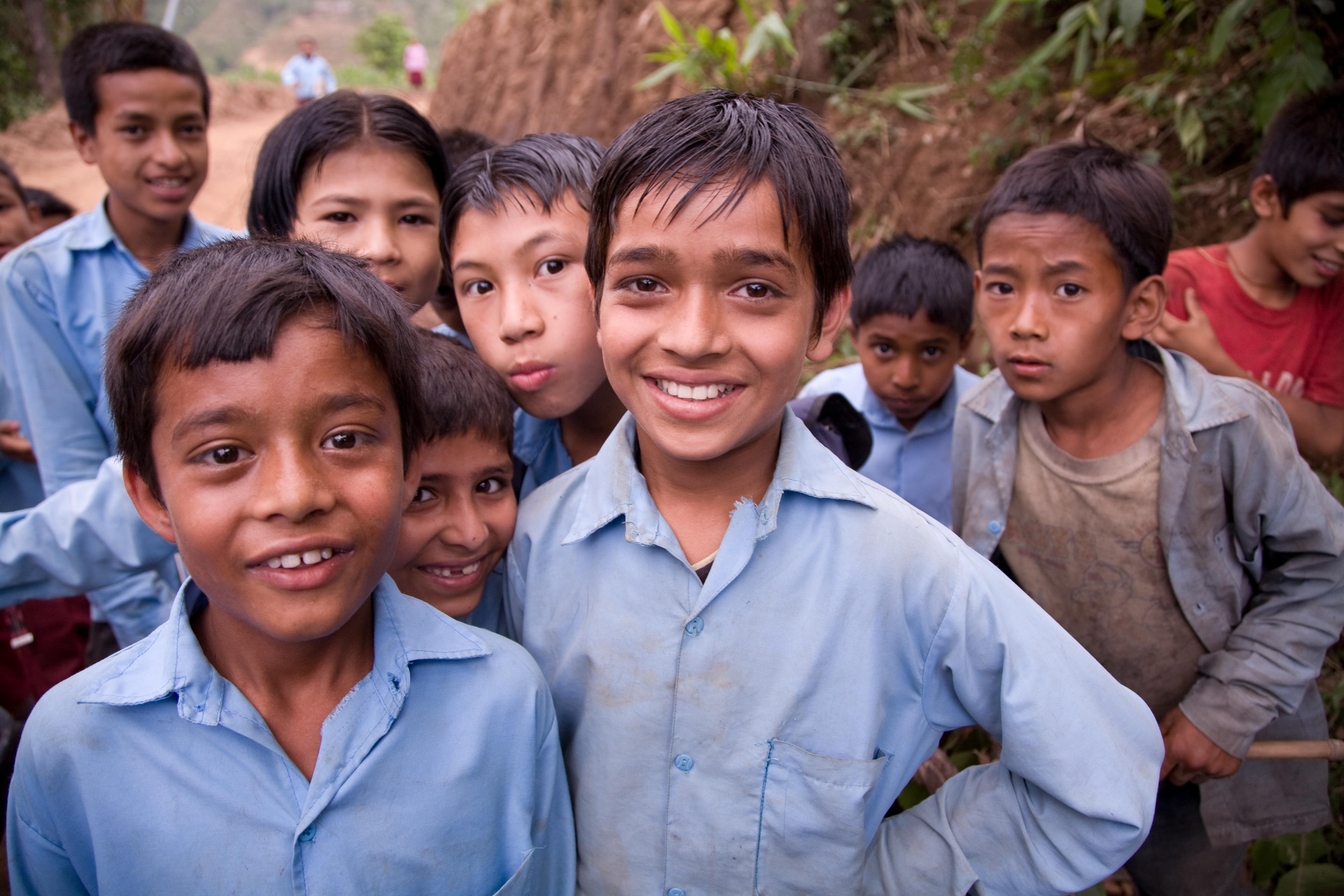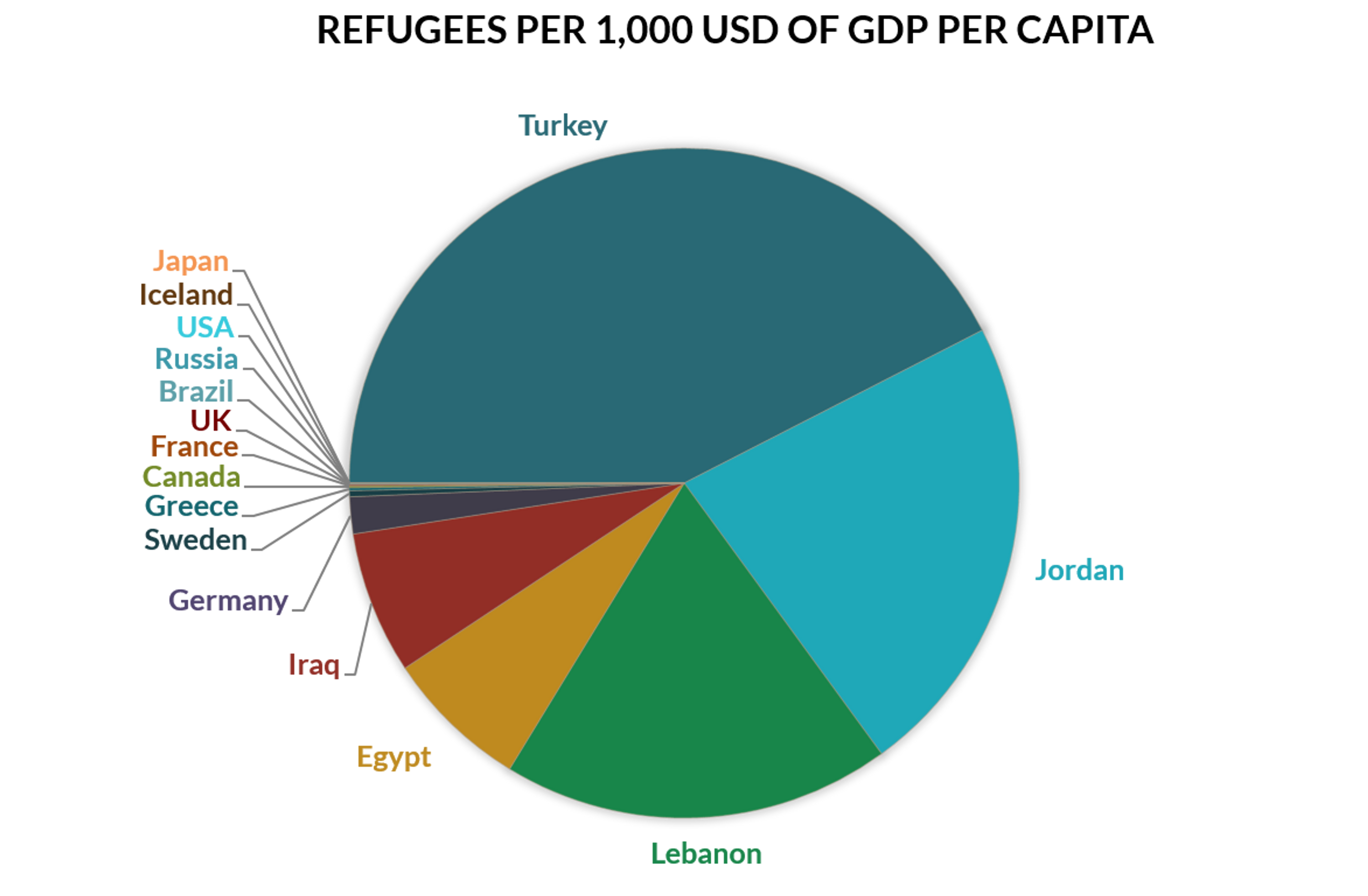Using aid to finance the refugee crisis: a worrying trend
In 2014 the number of displaced people exceeded 50 million for the first time since the Second World War. It’s now up to 60 million. This poses a particularly large problem for Europe, since refugee applications to the EU doubled between 2014 and 2015.

Thankfully, many European governments have stepped up to help. Germany alone registered around a million asylum seekers in 2015 - achieving this by speeding up processing time for people both from safe countries of origin and those from particularly unsafe countries of origin (especially Syria).
Unfortunately, this help has too often come directly out of Official Development Assistance (ODA) budgets (i.e. from national aid budgets). An Organisation for Economic Co-operation and Development (OECD) directive allows funding a refugee’s basic needs in a host country to count under ODA for their first year in a country, and a number of countries are taking advantage of that. (See page 2 of this OCDE report) The graph below shows how this directive has combined with the refugee crisis to lead to countries drastically reducing funds they are actually spending on overseas aid.

This trend is deeply troubling because it is comparatively expensive to settle refugees in countries like the UK. The costs to settle a refugee vary widely depending on the host country, but they’re on the order of $10,000 per year. (See page 3 of the above OECD report). When you consider that this is setting up a person with a new life, it isn’t that expensive. Yet when we compare how much we could otherwise be helping people with that money, the grave injustice becomes apparent. As one example, iodising salt to prevent iodine deficiency is estimated to cost just $0.02-$0.10 per person per year. Providing this for children is estimated to produce an additional 50 years of schooling per $100, since iodine deficiency hinders cognitive development. And iodine deficiency is still very prevalent in countries that host most of the refugees such as Turkey and Lebanon.
Using the ODA budget to settle just one person for a year, then, prevents us from helping literally hundreds of children in equally bad situations to get a better education. It is still an extremely good use of money - but we should be finding that money elsewhere (perhaps through a Humanitarian Investment Fund).
Although there has been piecemeal news coverage of ODA budgets being used to settle refugees, there has been scarcely any coverage of this as a wider trend, and of the scale of the problem - highlighted by the graph above. Indeed, hosting or processing refugees now uses 9% of ODA - double the percentage it did the year before.
Some people argue that immigration is actually good for the host country, such that it seems as if spending money on settling immigrants is not actually ‘assistance’ at all. But even assuming that to be false, the striking unfairness of rich countries being unwilling to settle refugees from their own budgets rather than what is set aside for assisting poorer countries is brought home by the comparatively low burden of refugee intake borne by Western European countries and the USA compared to countries like Lebanon and Jordan:
Graph from the Center for Global Development.

How can we improve the situation? If we can raise awareness of this trend, we may be able to put pressure on governments to avoid it - to find alternative sources of funding for processing and settling refugees. The ONE campaign has a petition aiming to do just this. Writing publicly about this trend and why it’s problematic (whether on your own blog, or for your local newspaper), could also be helpful. More broadly, showing your support for international aid, such as by supporting the RESULTS campaign #ProudOfAid could help prevent aid money from being reallocated.
In the longer-term, the increasing evidence base about the efficacy of direct cash transfers in humanitarian crises may lead to their increasing adoption as a way of supporting people nearer their place of origin. A promising sign of increased popularity is the President of the World Bank speaking out about the importance of increasing their use. Supporting GiveDirectly might be helpful in continuing this trend.
The number of displaced persons in the world today presents us with a significant humanitarian crisis. But we must avoid compounding the crisis by diverting aid spending. Hopefully, by demonstrating to governments that we care about the issue, we can reverse this worrying trend.